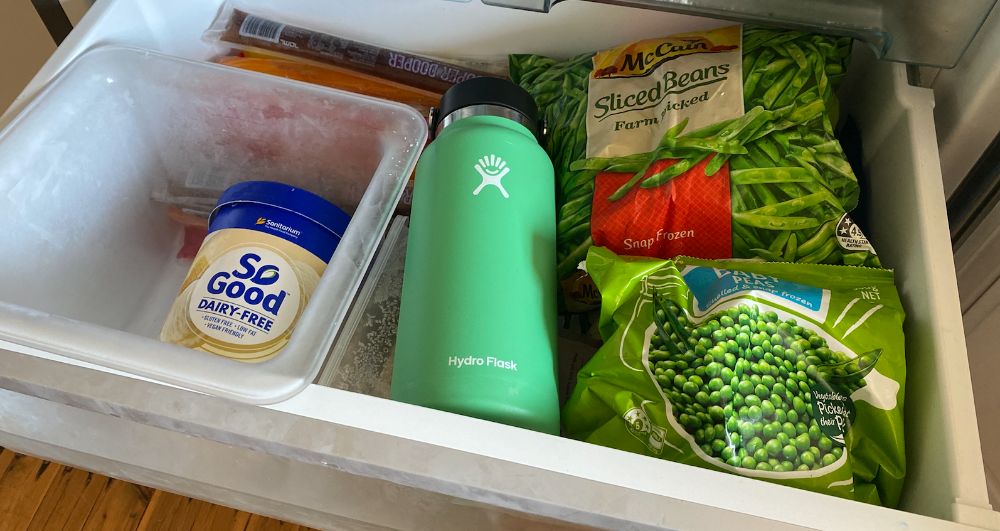Food Safety When It Comes To Moving House

When moving house, it’s important to take food safety into consideration. There are a few simple steps you can take to avoid contamination and keep your food safe. Of course it is always best to avoid transporting food when moving, especially without a proper refrigerated truck as food can spoil quickly. If you do need to transport food, plan ahead and pack food items securely. Make sure to keep refrigerated and frozen items cool by packing them with ice packs or dry ice. And always transport food in a clean, sanitized cooler or container. When you arrive at your new home, make it a priority and take care to unpack food items as quickly as possible.
Food should never be allowed to transported in temperature above 5℃, this can cause a whole range of issues as bacteria can grow and ingesting food that is contaminated can cause serious illness or even death. For this reason, most professional house movers will no accept food to be transported. In some instances where food is to be transported over a short distance, movers may assist in this task only if the food is properly packed and kept chilled. On the other hand, if you are thinking of finding long distance movers to help you with your move, the task of moving frozen or refrigerated food will most likely be left to you. As recommended in the Australian Cold Chain Guidelines from the Australian Food and Grocery Council, chilled food must be store and transported at temperatures colder than +5℃, whilst frozen food must be store and transported at temperatures colder than -18℃.
When planning for an upcoming house move, it is recommended to stop grocery shopping well before moving date and have a plan to consume what is left in the freezer and refrigerator. Reducing the amount of food is the best bet for food safety and if you do need to take some food with you, keep it to the bare minimal. However, sometimes we don’t have the adequate time to plan for life changing events so if you must transport food, here are some food safety tips to follow:
Keep what is absolutely necessary
Wasting food is never a good idea but when it comes to food safety, it is better to be safe than sorry. Before packing food for the move, go through your fridge and freezer and get rid of anything that is past its expiration date. Try and cook and consume any food that is nearing the expiration date. If there are any opened containers, it is best to either consume them before moving day or toss them out. If you don’t think you’ll be able to consume what is remaining, you can share them with family and friends, donate it to charities or a local open pantry. If you are not moving a long distance, you can make arrangements to keep what is absolutely necessary but be sure to pack them well and take precautionary steps to reduce cross-contamination and exposure to increased temperatures during the course of transport.
Keep food cool and store properly
One of the most important food safety tips is to store food properly and keep it cool, especially if you are transporting food. Bacteria grows rapidly in temperatures between 5.4-60℃, so it is important to keep food out of this temperature range as much as possible. Use ice packs, frozen bottles of water or bags of ice to keep temperatures low over the course of travel. Use a well-insulated cooler, esky or a styrofoam box made for cold food transport. Any other form of storage containers and boxes may be prone to leaks and can cause damage to furniture and belongings.
What to consider during transportation
If you are transporting food in a vehicle, make sure it is placed in an area that is not in direct sunlight and away from heaters. It is important that the area of the vehicle with the food should be thoroughly cleaned and lined to avoid any chance of contamination. Consider packing the food last so to keep it frozen for longer and ensure the refrigerator is the first thing that is unloaded and connected at the destination as all food transported should be made a priority when unpacking.


